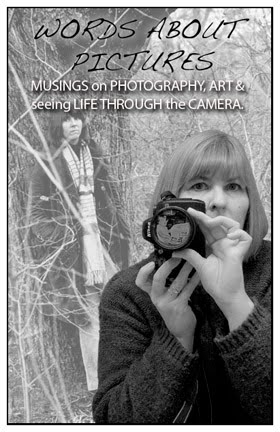 |
| Female Anna's hummingbird |
I quickly discovered that hummingbirds visiting the flowers outside my east-facing kitchen window in the morning can see me two feet from them. And it is clearly freaking them out. I just get one in focus and she looks right at me, then drops from view to the blossoms below the window. In the evening, the sun isn't shining through the window and glinting off my scary lens. So I've had an easier time getting the shot. The down side is that the light is more muted, so it can be challenging to capture wings in motion.
 |
| Female rufous hummingbird |
Shooting outside is not much better. I've spent the past four months mainly photographing the nesting eagles in my neighborhood. The hummers are not used to me being around. The Annas that winter in the front yard birdie spa are more comfortable with me being around them, although they hate my fill flash.
I remembered a nature photographer suggesting sitting in your car, which can fill-in as a mobile "bird blind." So I hopped into the passenger side of my car, rolled down the windows and waited for hummers to visit the tritoma (red hot poker).
I know my neighbors just figure I'm a tad eccentric. I'm often standing in the front yard at dusk or on the front porch on a ladder with my camera. Two new neighbors walked by me on the sidewalk. I laughed, pointed to my camera, and said "bird blind."
I'm sure I am now the neighbor they will clearly be avoiding. Maybe they thought I was doing some sort of surveillance, spying on an ex-husband.
More in my
Hummer gallery. As always, let me know your favorites.


































